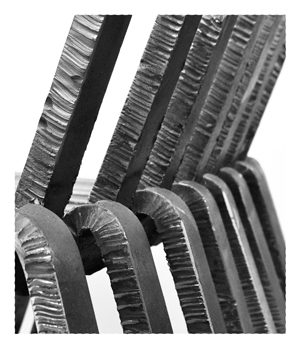
Most unusual indigenous art

‘Oshanas’ is one of the paintings depicting the prominent shallow landscape features and seasonally inundated depressions.(Photograph by Melba Chipepo)
An unusual art exhibition by Stadtherr opened at the Goethe Centre this week. Titled ‘Worms and Fractals’ in this exhibition Stadtherr follows up on three previous events: ‘Samples Of Soil’ (2009), ‘Man is Made of Clay’(2011) and “Endless Entities: Roses”
This time Stadtherr is mainly interested in the functions, structures and processes of everyday life that “tame the chaos” around us and aims to express it by doing artwork. Man is mortal and ends up six feet under with fungi, bacteria and worms which break down his body to its component chemical particles in order to recycle it.
Worms can be aesthetically pleasing and so Gerdis Stadtherr incorporates images of them into her organic paintings which may be viewed as outdoor still-lives. The Windhoek based artist dedicates herself to her artwork and to creating new things. She also said that she has been fascinated by roses for a long time and therefore started to collect the petals in flat bowls, observing that they organise themselves into rose-like patterns again.
Gerdis Stadtherr integrated that kind of self-organisation of quasi-self-similar particles which is called fractals in watercolours, took photos and thereafter photo shopped them to extract certain areas to be combined with the same black-and-white structures. In African art, fractals are common and familiar although not perceived as such, for example in hairstyles or textile design.
This exhibition strikingly shows that art can be found anywhere and in almost everything. The exhibition runs until 08 November. Entrance is free.










































